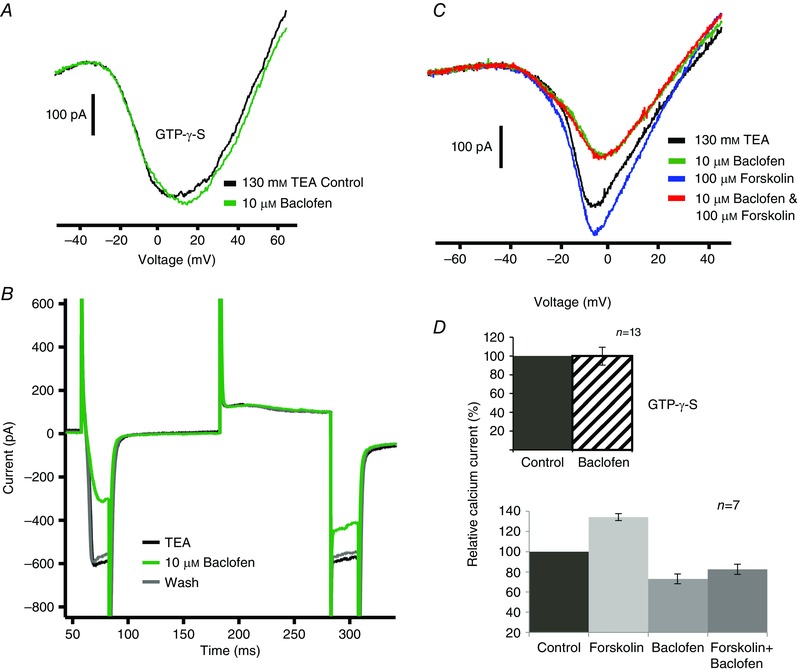Figure 4. GABAB receptor second messenger pathway .

A, baclofen did not reduce the inward current when 0.3 mm GTPγS, a G‐protein activator, was included in the pipette solution. B, a depolarizing prepulse reduced the effect of baclofen on the calcium current. The voltage protocol was a depolarizing step to −10 mV from the holding potential of −70 mV, then a return to −70 mV, then a depolarizing step to +60 mV followed by again stepping to −10 mV and finally returning to −70 mV. Note that baclofen reduced the inward current more in response to the first −10 mV step than the second. C, forskolin (100 μm) increased the inward calcium current (blue vs. black trace) but 10 μm baclofen still reduced the calcium current (red trace). D, summary of the experiments illustrated in A (13 cells) and C (7 cells). There was no statistically significant effect produced by baclofen in the presence of GTPγS. In seven cells, forskolin increased the calcium current by 34 ± 3%. Compared to the control calcium current, baclofen alone reduced the calcium current by 26 ± 6% (P < 0.05), while baclofen in the presence of forskolin reduced the current by 18 ± 5% (P < 0.01).
